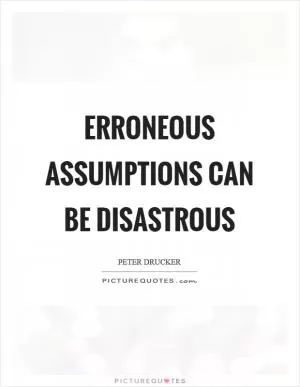Financial synergy is a will o the wisp. It looks good on paper, but it fails to work out in practice

Financial synergy is a will o the wisp. It looks good on paper, but it fails to work out in practice
Peter Drucker, a renowned management consultant and author, is often credited with popularizing the concept of financial synergy in the business world. Financial synergy refers to the potential benefits that can be achieved when two companies merge or form a strategic partnership, resulting in increased profitability and efficiency. However, Drucker also cautioned that financial synergy is often elusive and can be difficult to achieve in practice.Drucker believed that financial synergy is a "will o the wisp," a term used to describe something that is elusive and difficult to grasp. While the idea of combining resources and capabilities to create value may seem promising on paper, the reality is often much more complex. In his book "The Practice of Management," Drucker emphasized the importance of careful planning and execution in order to realize the full potential of financial synergy.
One of the main reasons why financial synergy may fail to work out in practice is due to cultural differences between the companies involved. When two organizations come together, they bring with them their own unique ways of doing business, as well as their own corporate cultures. These differences can create friction and hinder collaboration, making it difficult to achieve the desired synergies.
Another challenge in realizing financial synergy is the difficulty of integrating different systems and processes. Merging two companies often involves combining IT systems, financial processes, and organizational structures, which can be a complex and time-consuming process. If not managed effectively, these integration challenges can lead to disruptions in operations and ultimately hinder the achievement of financial synergy.
Furthermore, Drucker believed that financial synergy is often overestimated by companies seeking to merge or form partnerships. In their eagerness to realize cost savings and revenue growth, companies may overlook the potential risks and challenges associated with integration. This can lead to unrealistic expectations and ultimately disappointment when the expected synergies fail to materialize.












 Friendship Quotes
Friendship Quotes Love Quotes
Love Quotes Life Quotes
Life Quotes Funny Quotes
Funny Quotes Motivational Quotes
Motivational Quotes Inspirational Quotes
Inspirational Quotes